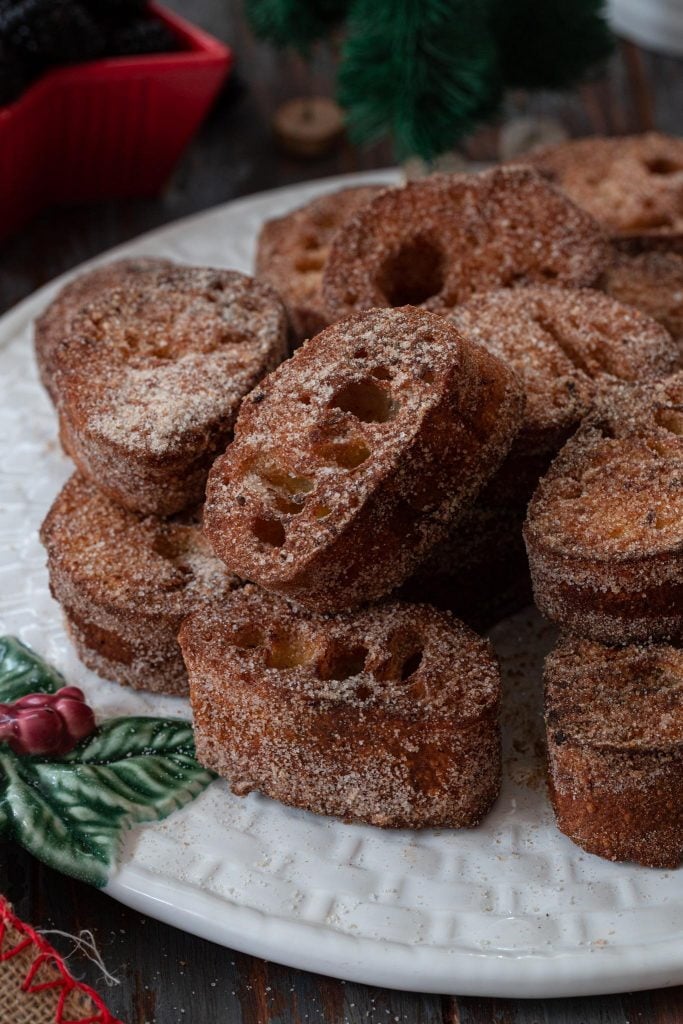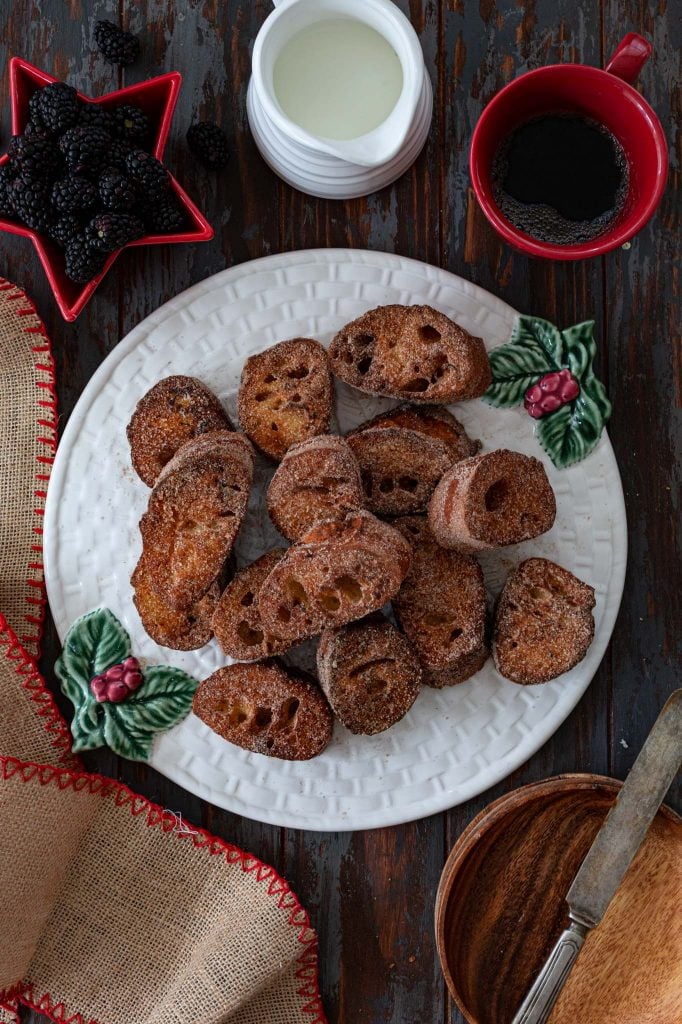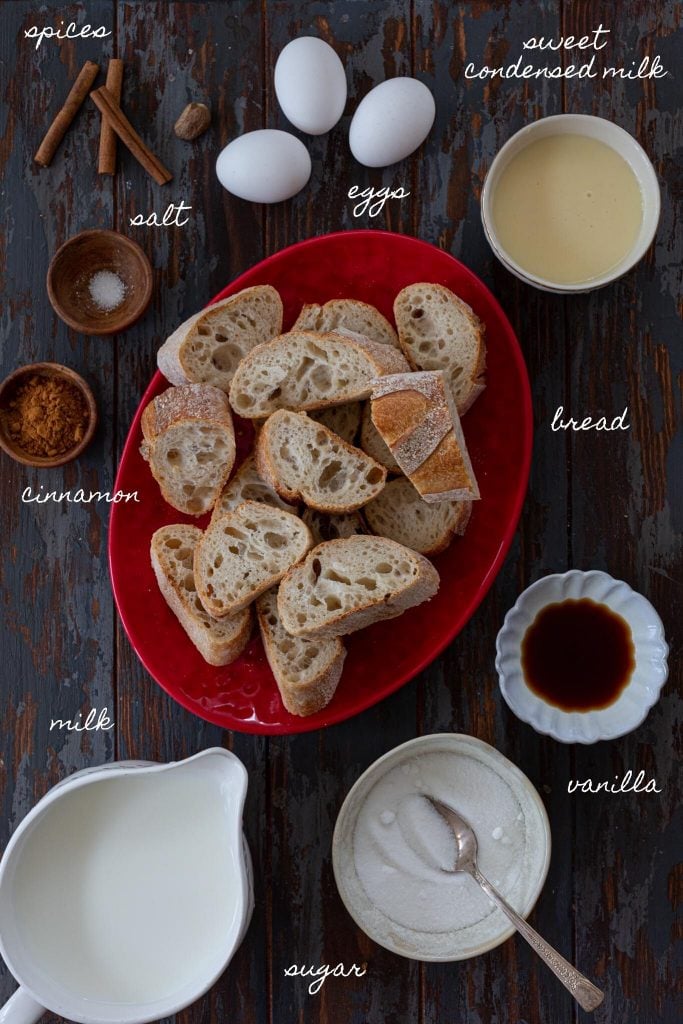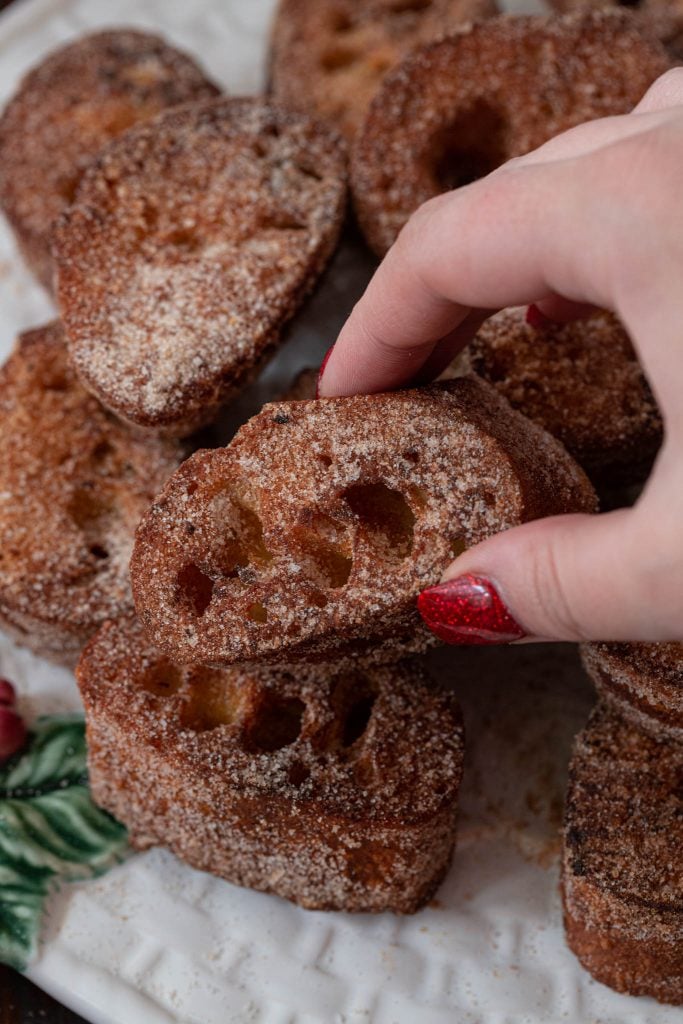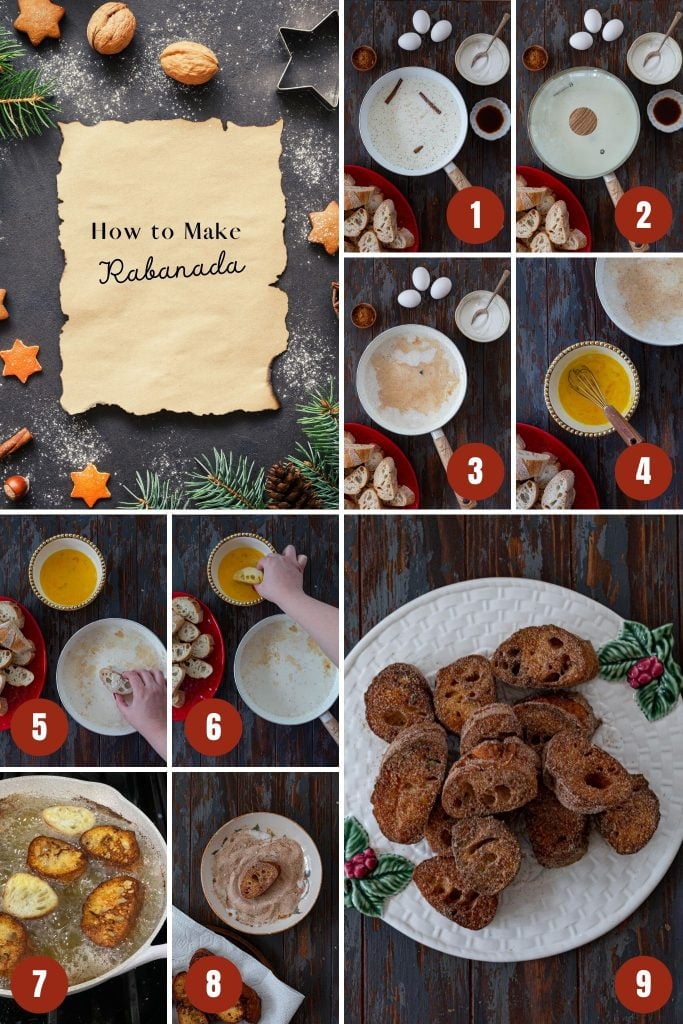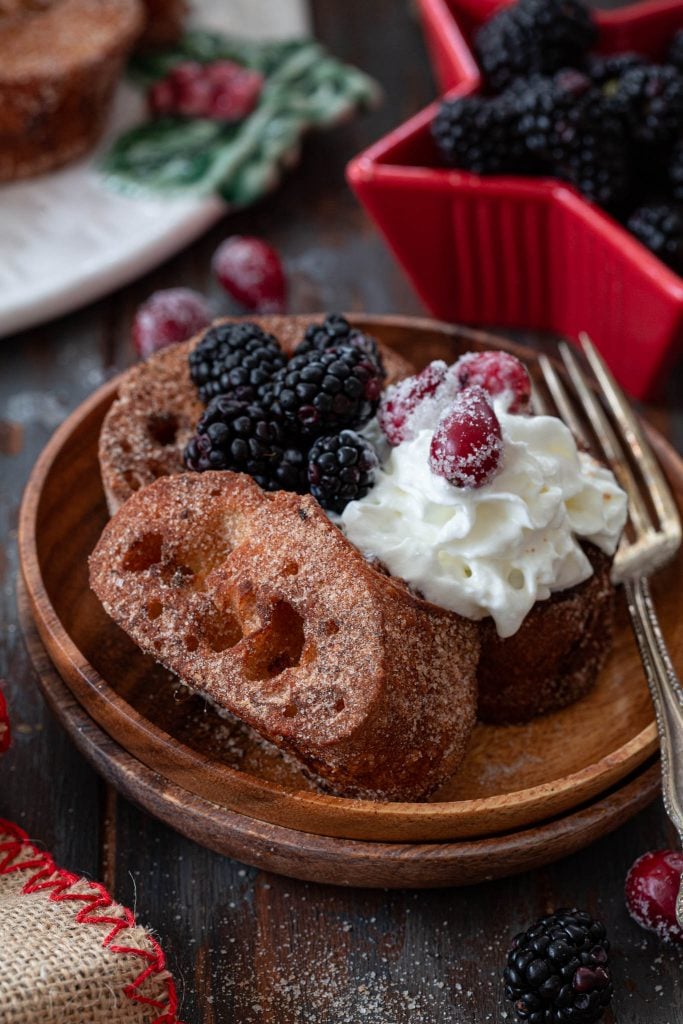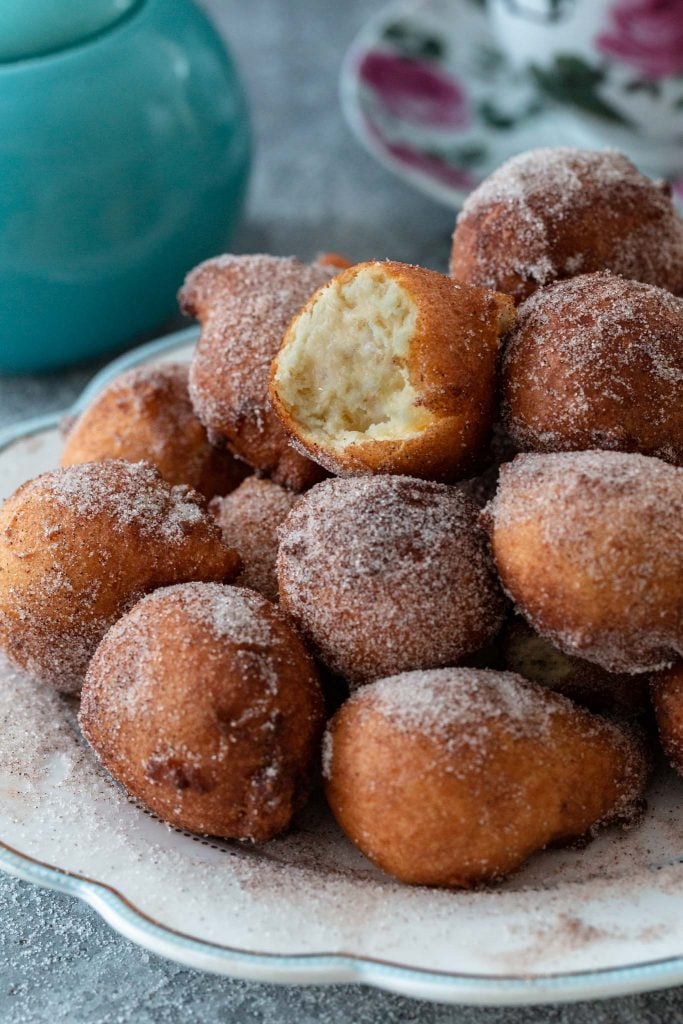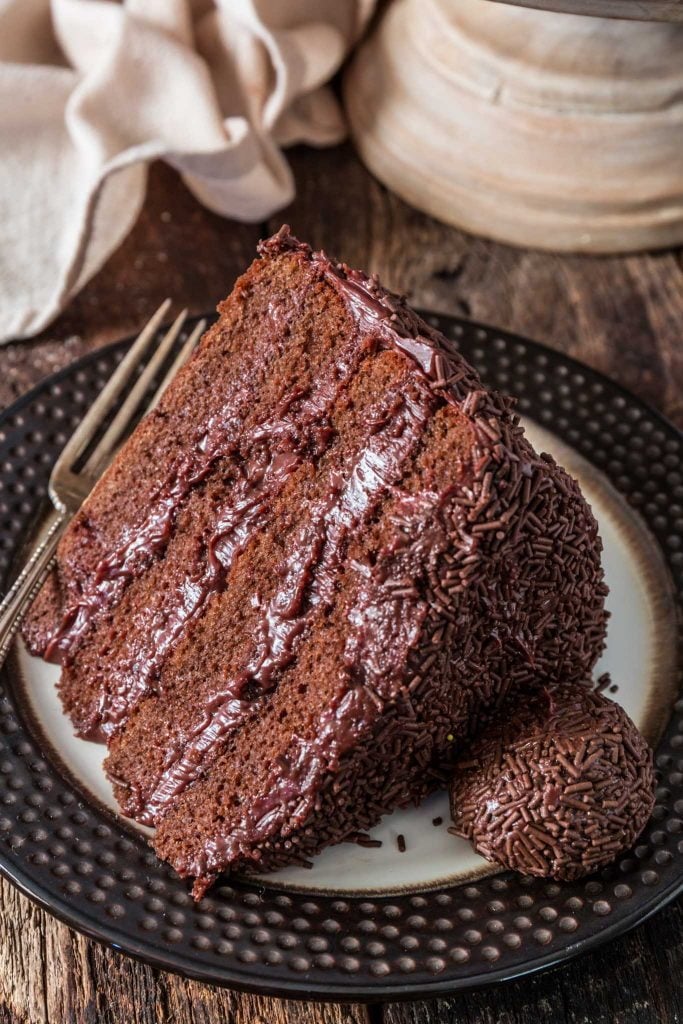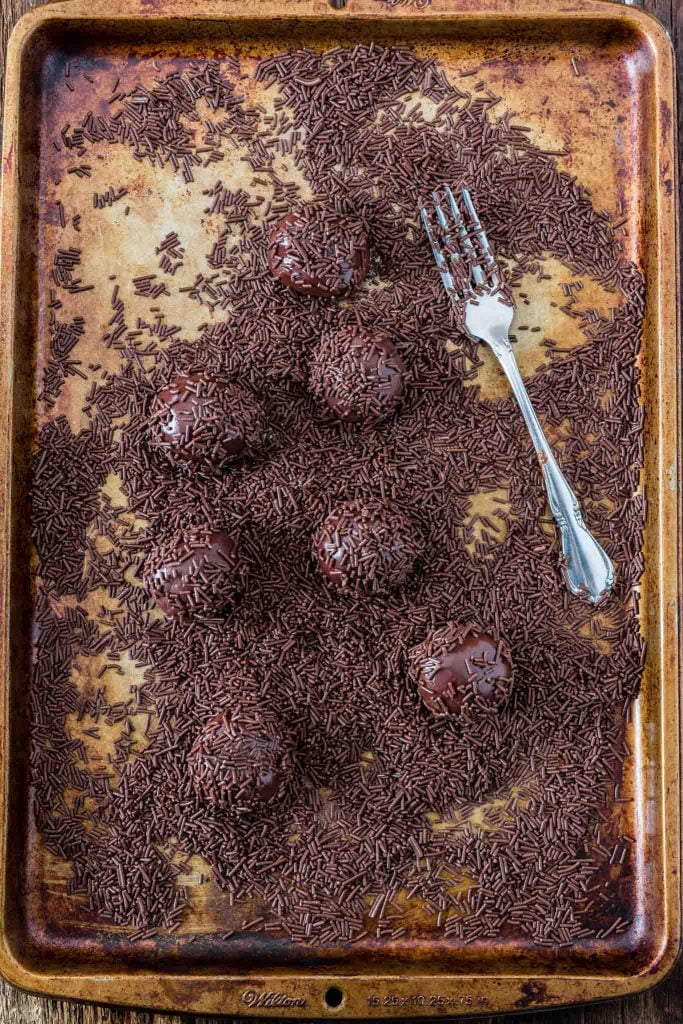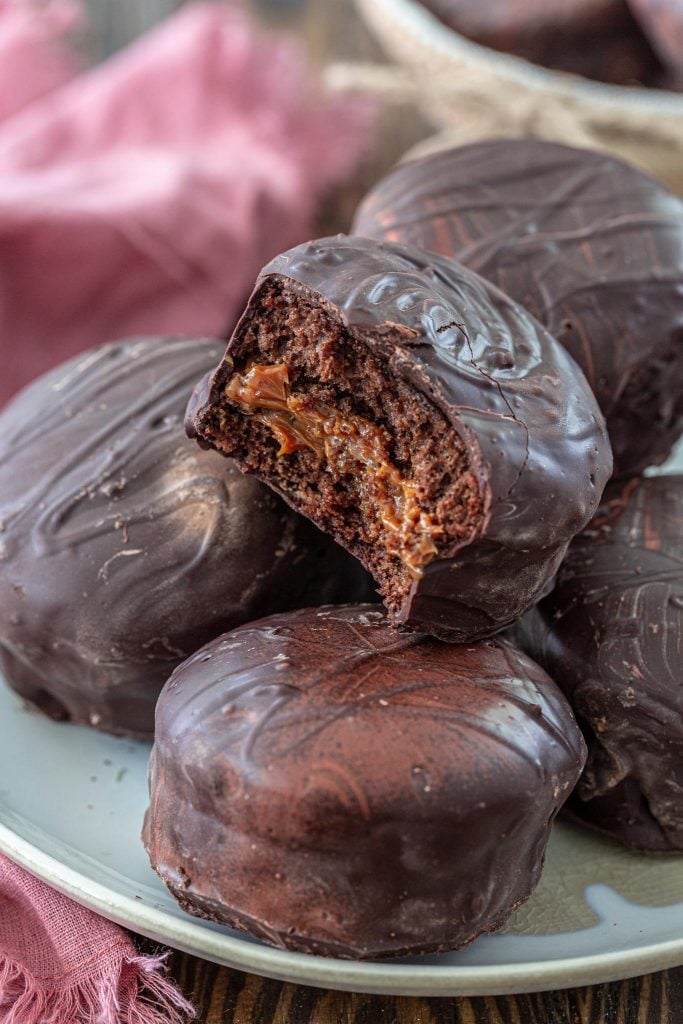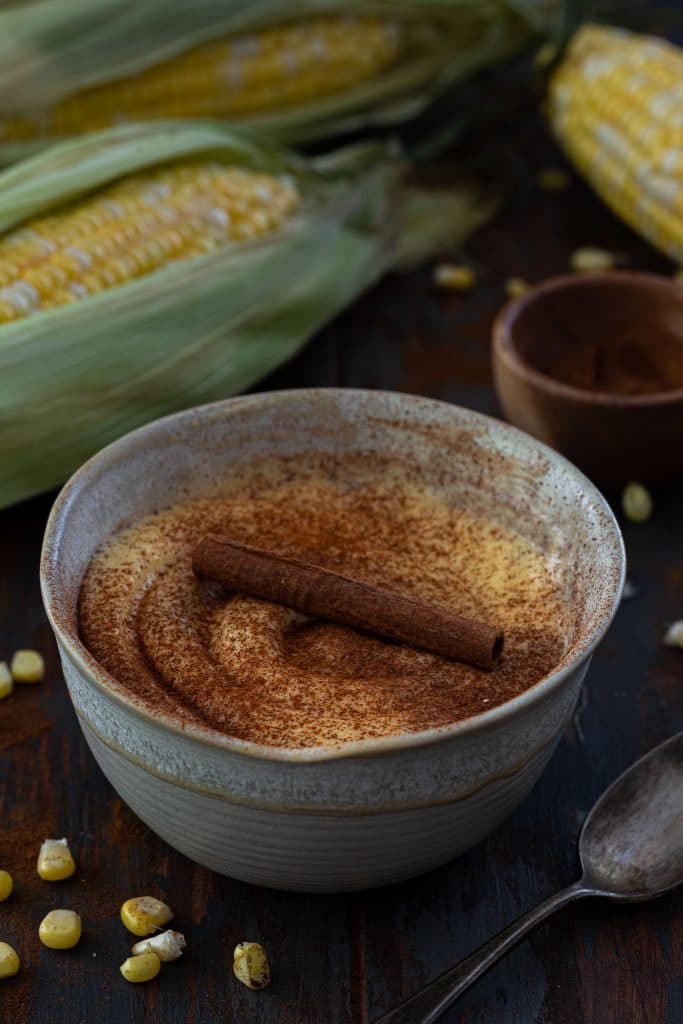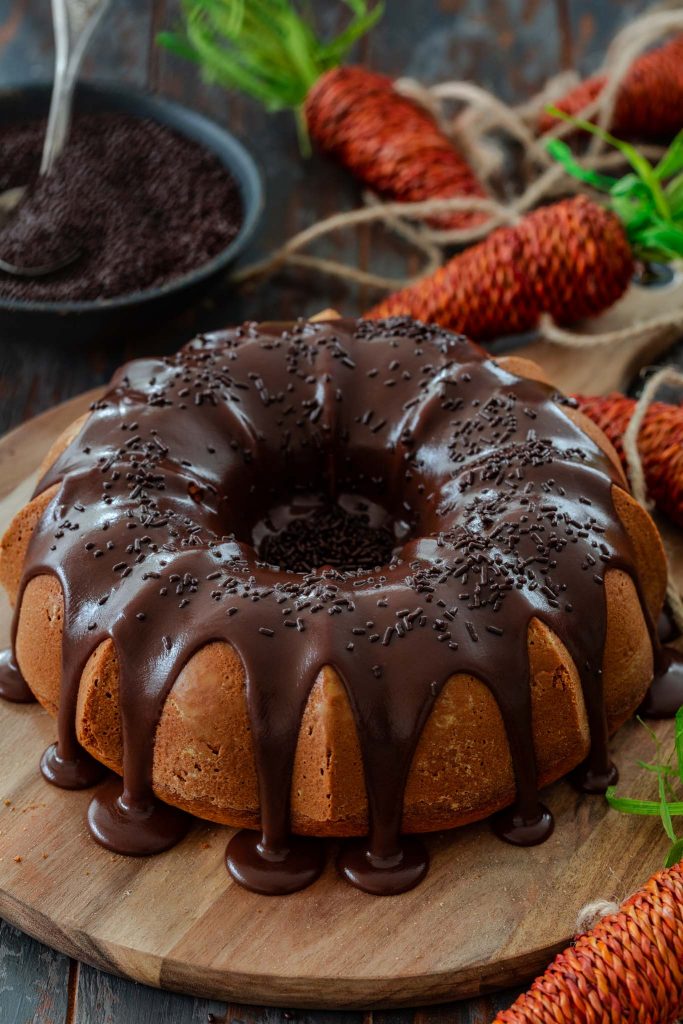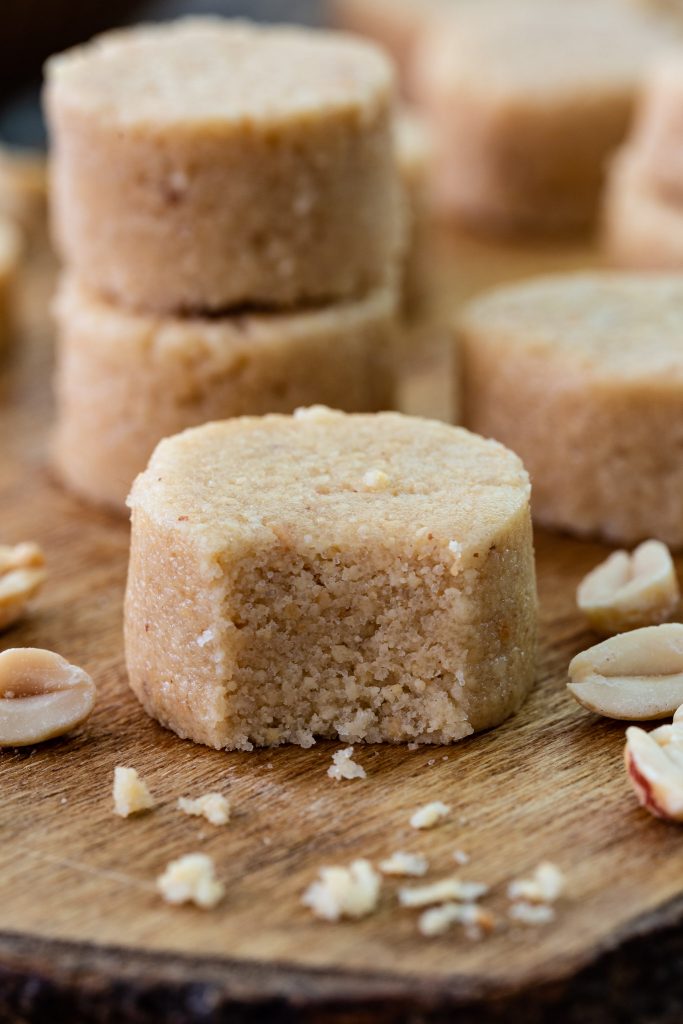Love all kinds of indulgent breakfasts? Make sure to also check out our Nutella French Toast and Dulce de Leche Crepes.
This is how Brazilians do French Toast!
Picture this: it’s December 25 and you’re in Brazil. You wake up late after staying up eating Christmas Eve supper and opening gifts. If you’re a child, you run to the Christmas tree to see what Papai Noel has brought you. If you’re an adult, well, you run to the breakfast table to see what your dad brought from the bakery! Pão de queijo, sonhos and – a must – rabanada. A little too soft and not as crunchy anymore, since they sit in the bakery for a long time before they reach your table. The alternative? To make them at home, of course! Freshly made rabanada is truly a dream come true. Something my dad would never do, as he prefers the convenience from buying it at the store, but that I now proudly make for my family!
What is Rabanada?
Even if you didn’t know it, you probably already figured out that Rabanada is Brazilian French Toast. But what makes it different than the good old American French Toast? A few things.
First, our Rabanada is made with crusty bread, so it’s crunchy on the outside and soft inside. The custard is made with sweet condensed milk, a Brazilian staple ingredient, making the French toast even creamier and more indulgent! It is deep fried in oil instead of pan fried in butter. And, finally, you roll it into cinnamon sugar before serving.
As I mentioned, Brazilians like to enjoy it as a Christmas treat. But that doesn’t mean you can’t get it (or make it) any time of the year!
What do I need to make Rabanada?
To make Brazil’s version of French toast, you will need:
Day old bread Whole milk Sweetened condensed milk Cinnamon sticks Nutmeg Salt Eggs Sugar Cinnamon
If serving just for grown-ups, you can also add a splash of something fun, like Grand Marnier, Frangelico, Amaretto or even bourbon.
What is the best bread for Brazilian French Toast?
In Brazil, during the holidays, you can find “pão pra Rabanada“, a loaf of bread that is made just for French toasting. When people can’t find that, they use pão francês (French rolls) or baguettes instead. Here in the U.S., you can use any long crusty bread. Nothing too crusty though, or it will be too hard! And while we want it to be stale, just one day will suffice. Any more than that and the bread will be rock hard and not suitable for rabanada.
What kind of oil should I use?
Vegetable, canola, sunflower or corn oil are what is often used to fry rabanada.
How to make Brazilian French Toast
Let’s get this out of the way: making rabanada is more work than making regular French toast. Not difficult, just requires more steps (and more dishes to wash). But if you can spare the extra work, you will be rewarded the best French toast you will ever have! A few tricks to make sure your rabanada is amazing:
Use day old bread, if possible. Don’t skip infusing the milk with the spices. That gives the rabanada the Christmas flavor we are looking for! Make sure to really soak the bread. You know how you only soak regular rabanada for a second or two so it doesn’t get soggy? This is not the case here. Let the bread hang in there for several seconds per side! Unlike American French toast, you dunk the bread into milk and then into eggs, separately. Use a thermometer to ensure your oil is around 360 degrees F before frying the bread. If the oil is not cold enough, the bread will absorb it and your French toast will be oily. Roll the rabanada on cinnamon sugar while it’s still hot so the sugar can stick to it!
Recommended tools: saucepan with lid, whisk, Dutch oven, deep fry thermometer, slotted spoon. Here’s how you make it. As always, you will find the printable (and more complete) recipe card at the end of this post!
To make it in the oven:
How to serve Rabanada
Down in Brazil, rabanada is not served just for breakfast or brunch. It is often eaten as dessert or an afternoon snack, along some black coffee. You can serve it as-is or top it with whipped cream, fresh berries or even vanilla ice cream! It is not common to see it served with syrup, as it is already quite sweet, but you can do that too if you’d like.
Can I make French toast ahead of time?
Rabanada is best enjoyed freshly made! If that’s not possible, you can make them the day before and store in an airtight container until ready to serve. Serve at room temperature or warm them in the oven, at 350 degrees F, for around 8 minutes or until hot.
How long are leftovers good for?
A day or two, at room temperature.
Can I freeze Rabanada?
Yes, you can. Cook the rabanadas according to the recipe instructions and let them cool completely. Then, place on a single layer on a parchment paper lined baking sheet and cover tightly with plastic wrap. Once they are frozen solid, you can transfer them to a freezer bag and keep it in the freezer for 1 to 2 months, until ready to eat. Reheat frozen rabanadas in the oven, covered with foil, at 350 degrees F for about 10 minutes or until hot. Did you make this recipe? I love hearing from you! Please comment and leave a 5-star rating below. You can also take a photo and tag me on Instagram with #oliviascuisine.
More Brazilian recipes:

